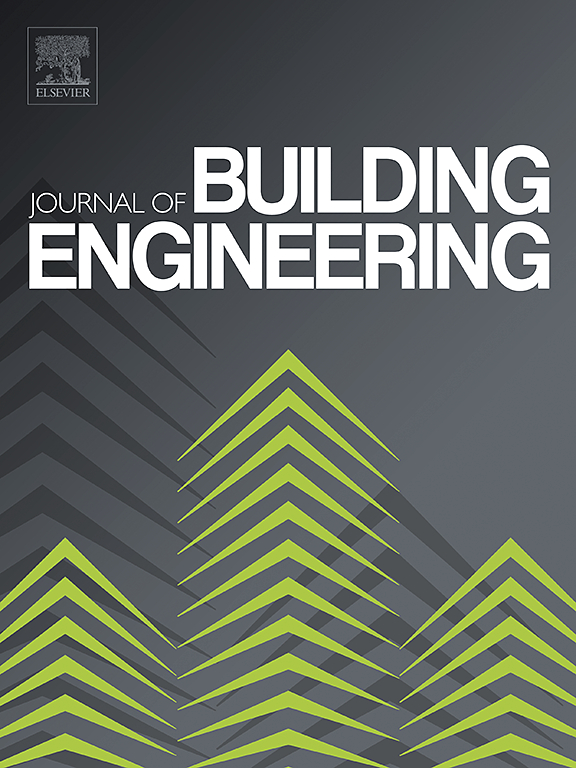The effect of calcined clay reactivity on the mechanical properties and chloride diffusion resistance of alkali-activated calcined clay-GGBFS concrete
IF 6.7
2区 工程技术
Q1 CONSTRUCTION & BUILDING TECHNOLOGY
引用次数: 0
Abstract
The increasing demand for sustainable and durable construction materials, particularly in aggressive environments such as those exposed to chloride ingress, necessitates the exploration of alternative binders that offer enhanced performance and lower environmental impact compared to traditional Portland cement. This study investigates the chloride resistance of calcined clay/ground granulated blast furnace slag (GGBFS) geopolymer concretes, focusing on variations in precursor proportions, alkali activator concentrations, and the amorphous content of two calcined clays. Durability tests, including standard bulk chloride diffusion, modified-rapid chloride permeability test (RCPT-10V), and NT Build 492, were conducted to evaluate the concrete performance. The compressive strength achieved ranged from 31.5 to 63.5 MPa. Notably, high-grade calcined clay with a 10% Na₂O achieved the highest compressive strength of 63.5 MPa. Electrical resistivity tests indicated that free ions in the pore solution, especially unbound alkalis, contributed to increase the conductivity. A correlation between RCPT results and chloride diffusion coefficients categorized most concretes as low performers in chloride environments, with the exception of the 50HG50S-10 sample, which was categorized as medium performance. Notably, increasing the Na2O concentration improved the chloride resistance of low-grade calcined clay, and this was further enhanced with high-grade calcined clay. Finally, exposure to NaCl resulted in no new phases except for halite in low-grade calcined clay. No Friedel's salt was detected in any sample.
求助全文
约1分钟内获得全文
求助全文
来源期刊

Journal of building engineering
Engineering-Civil and Structural Engineering
CiteScore
10.00
自引率
12.50%
发文量
1901
审稿时长
35 days
期刊介绍:
The Journal of Building Engineering is an interdisciplinary journal that covers all aspects of science and technology concerned with the whole life cycle of the built environment; from the design phase through to construction, operation, performance, maintenance and its deterioration.
 求助内容:
求助内容: 应助结果提醒方式:
应助结果提醒方式:


